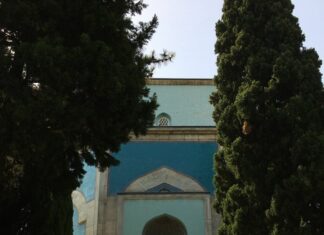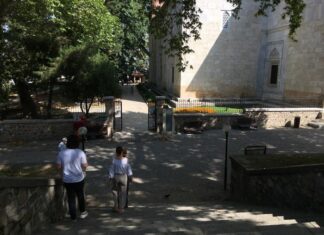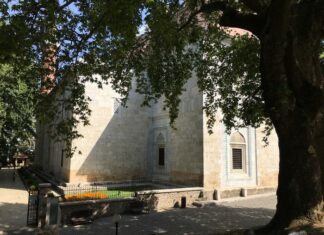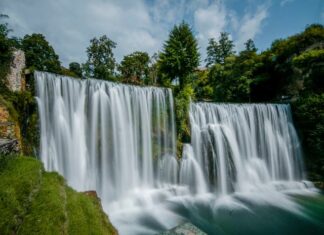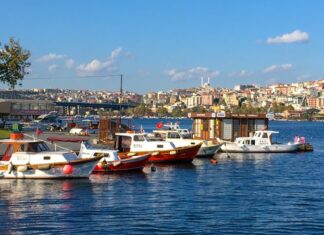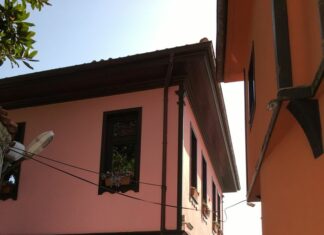Exploring Enchanting Valleys of Bosporus
Exploring Enchanting Valleys and Historic Stops Along the Bosporus
Along the south side of the village, a river known as Ghiock-suyu, anciently Aretas and more...
Legends Along the Bosporus
Exploring Historic Villages and Legends Along the Bosporus
Beikos, the largest village on the Bosporus, is renowned for its vast vineyards and high-quality water. In...
Palaces Along the Bosporus
Exploring Ancient Legends
Beyond Anadoli Kavak lies another heavily-armed battery, and just above this is The Giant’s Mount, known as Yosha Daghl (Joshua’s Mount) by...
